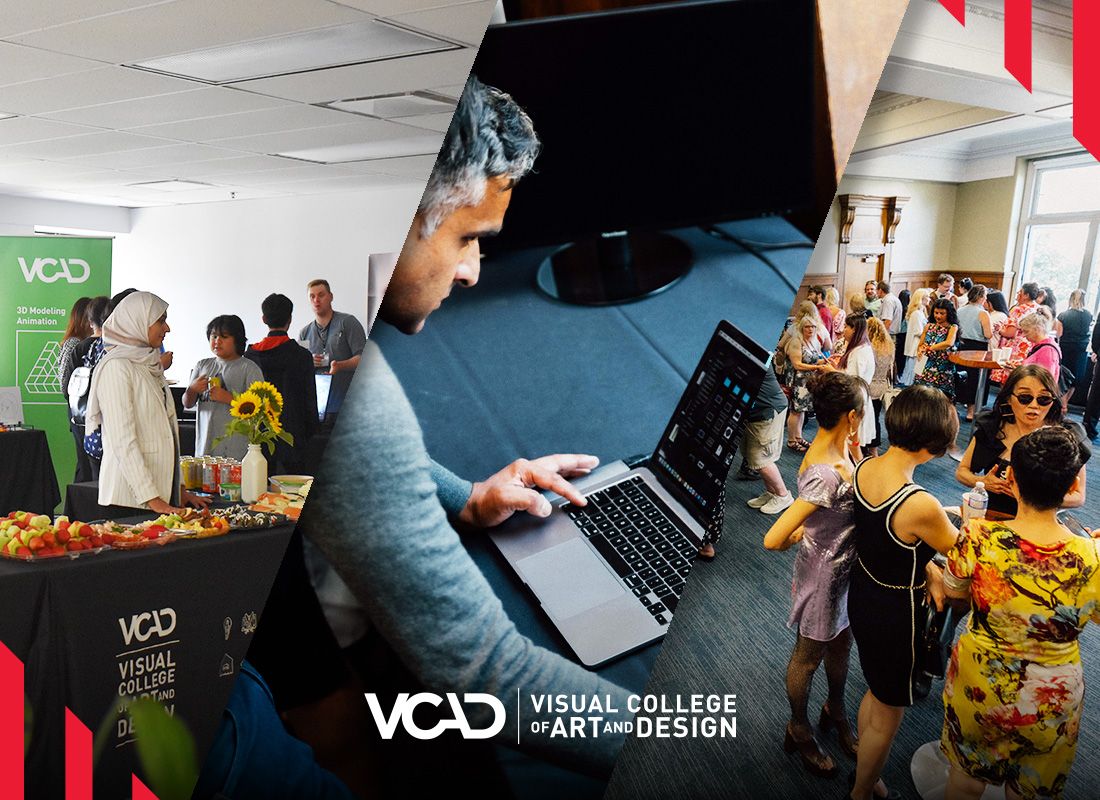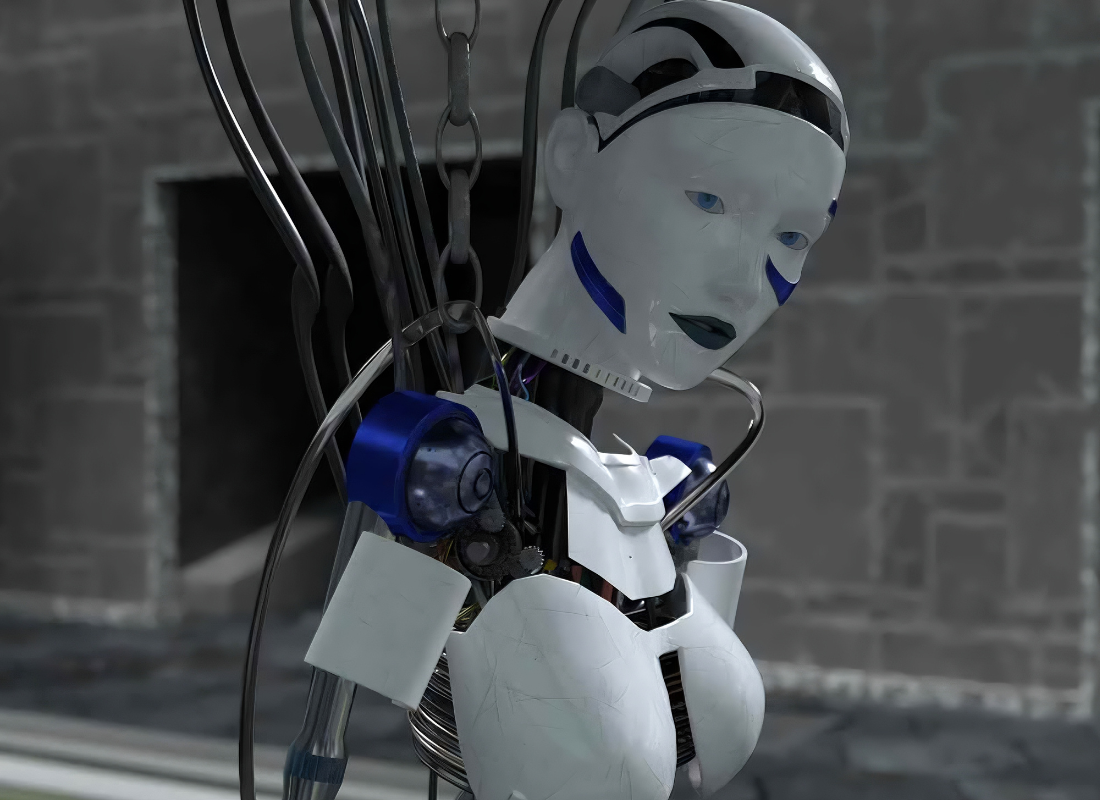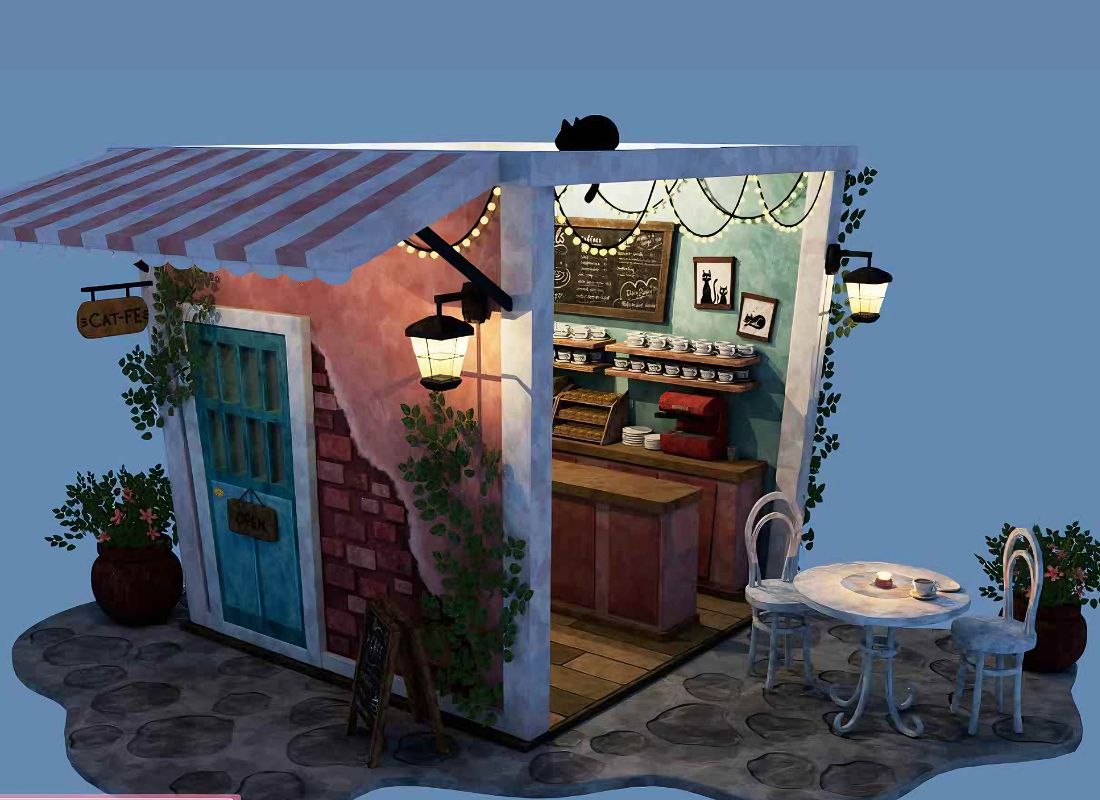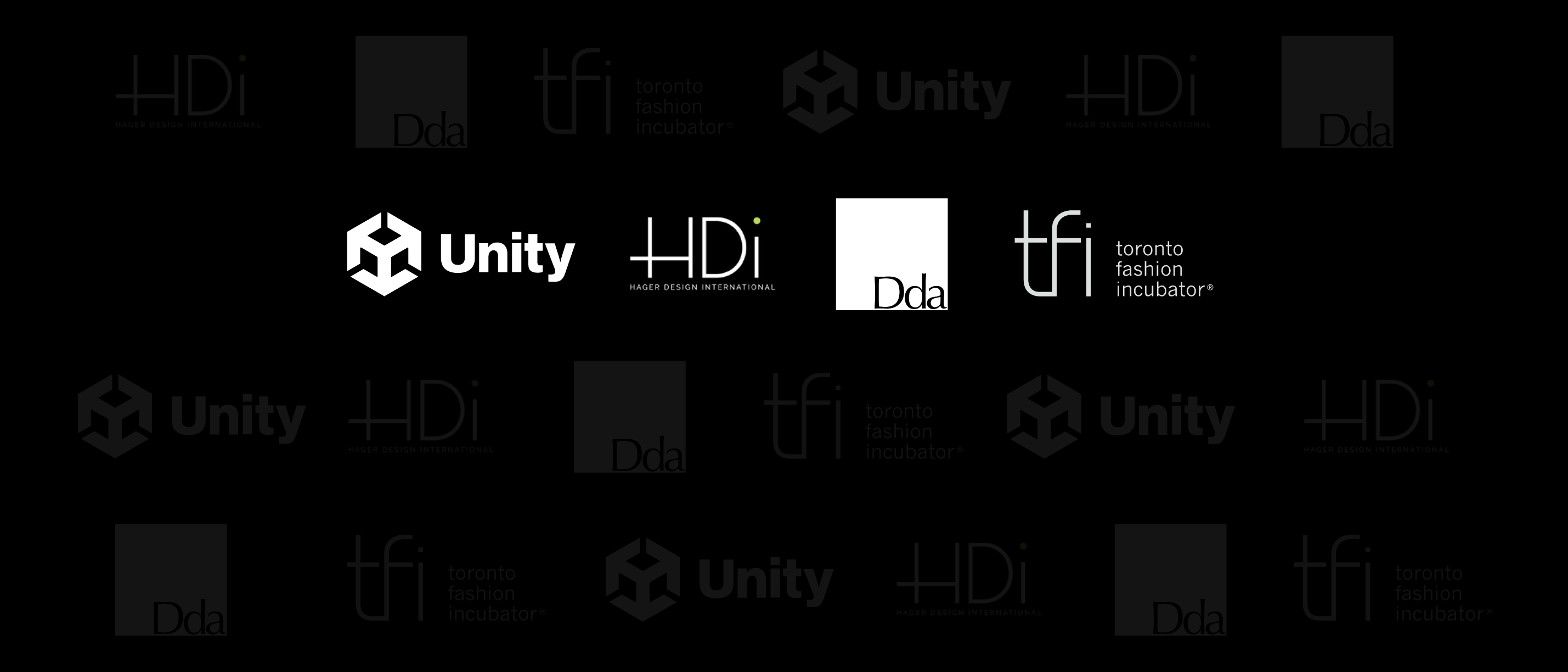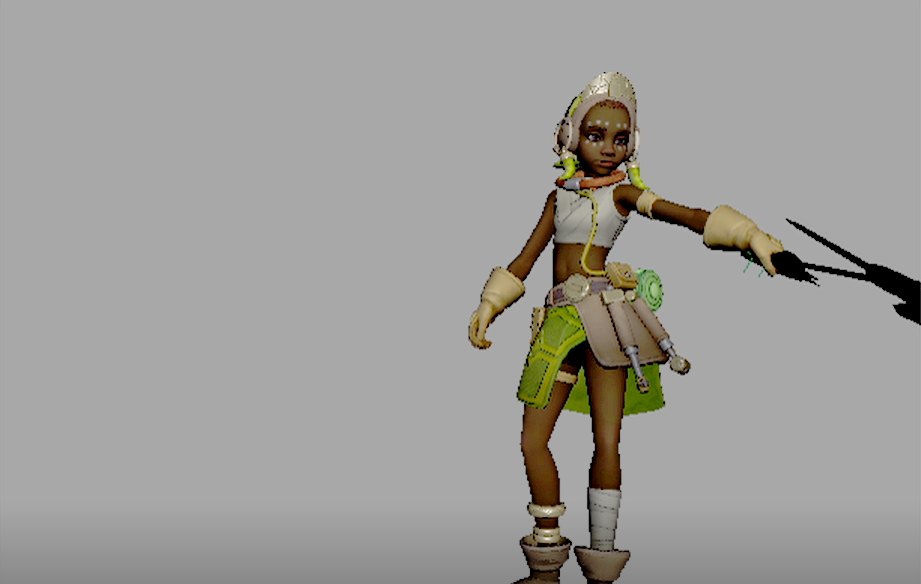In 2006, Frank Schweska was a fresh face in the gaming industry. He had just graduated and found himself working at legendary video game developer Midway Games. Renowned for games like Mortal Kombat, Spy Hunter, and Joust, the company was a great place to start working in the industry.
When the company went under in 2010, Frank found himself continuing to work with other members from the company’s cinematic department, producing content for Epic Games, and eventually becoming part of the team developing the Matinee Sequence system in Unreal Engine.
In a very short time, Frank has seen many changes throughout the industry that affect how technology is used to produce content beyond video games. His background is instrumental in the classroom and helps students plan for a future in the industry.
The biggest challenges
Art & Design Colleges like VCAD focus on the technologies that are most accessible to students, which often means using packages at low or no cost. It is VCAD's philosophy that students should learn on tools they are also able to use at home, without losing access to them once they graduate. This also means that they may not be graduating with knowledge of some of the larger platforms. Fortunately, popular industry engines like Unity offer a free pricing model and easy access for students.
According to Frank, Unity is a great tool. It’s based on an open source codebase and has a large installed user base—but it’s not without some drawbacks. For the most part, Unity is still a DIY engine, and requires a lot of work by users to build the tools and find documentation on how to best use it. So while it may be an accessible option for students, it comes with challenges.
On the other side of the equation is the Unreal Engine, which has become the gold-standard engine for the industry. Unreal is very well-developed, has great documentation, and a solid user base. The biggest problem for its uptake in education is that it traditionally has been cost-prohibitive for students and even independent game developers. However, with Unreal 5, a new free pricing model is starting to change that.
Frank sees the potential for students, and is excited for schools to start using Unreal 5 in teaching. Learning on the available tools is important for a student’s success after the classroom—there is an advantage to being exposed to the programs being used in the industry, as it could increase employability for students to know the engine being used by the studios they may be interested in working for.
But when it comes to teaching, Frank’s philosophy is that animation is the same whether it is designed on a computer or drawn by hand. The fundamentals of animation, understanding body mechanics, and applying them to characters are important regardless of how they are produced.
The changing role of technology
While his career is rooted within the gaming industry, Frank certainly isn’t ignorant of how technologies like Unreal are blurring the lines between video games and mass media.
The Unreal Engine has been adapted to developing stagecraft, and Frank has noted in particular how it’s being applied at Disney on their Star Wars IPs. Currently there is only one studio producing content for major television franchises in this way, but with the success Disney had in producing The Mandalorian, it’s likely to prompt more studios to follow suit.
With an ever-expanding toolbox, Unreal and other engines are becoming more than just packages for game developers. Along with Unity, it’s important for students to be exposed to the dominant programs within the industry.
Just the beginning
With all his experience, Frank knows that school is just the beginning for students, and they need every advantage they can get. Gaming and mass media are competitive industries, and working in them involves constant learning and adapting to changes in technique and technology.
For Frank, animation has been a lifetime of learning, and building off what he learned in school and in the industry, he tries to instill the same expectations in his students. Providing students with a foundation for animation is what will continue to inform them throughout their careers.




